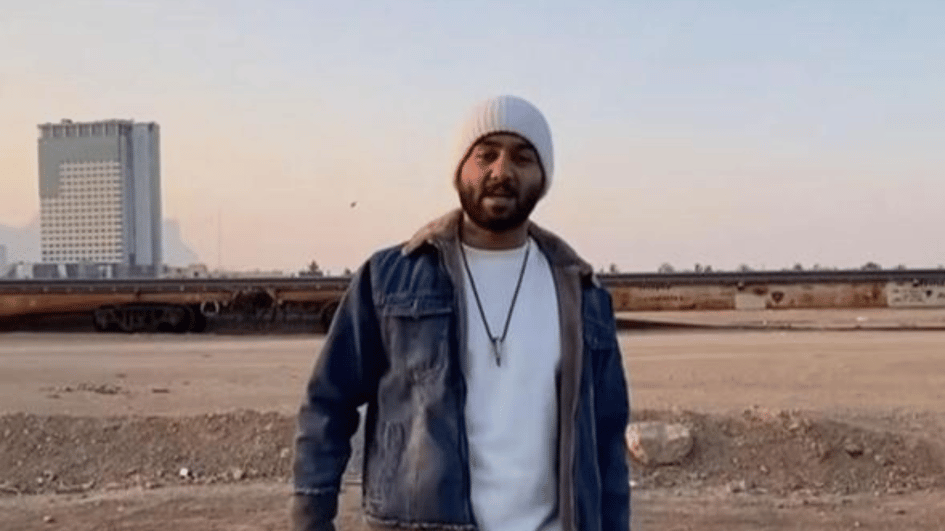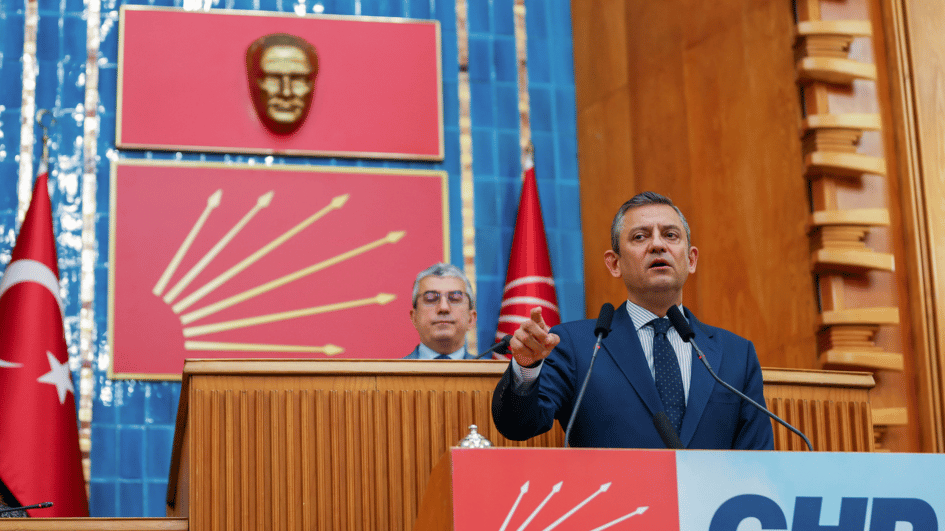Who is closer to peace?
BETÜL TANBAY
In the first week of September, the attention of the whole world turned toward the NATO Summit in Wales. The rulers of North America and Europe gathered as part of their goal to provide “common security, prosperity and values,” and to come up with solutions to social and political issues from Ukraine to Crimea, from North Africa to the Middle East.In front of the public, the politicians did not stop using the terms “freedom,” “human rights,” “democracy,” and “peace,” shaking hands, sending smiles, and rubbing each other’s backs. In the meeting rooms, however, they were armed with piles of blackmailing files, issued harsh threats against each another, and held tough negotiations. And of course, even during the hours of the Summit, strategic bomber aircraft kept flying, arms and weapons kept being produced and traded, and innocent humans - from babies to the elderly - kept dying.
At the same time, the first Caucasian Mathematics Conference (CMC), held in Tbilisi, Georgia was certainly not a center of public attention. There, mathematicians of the Caucasus gathered as part of their goal to provide “joint research, science and values” to generate solutions to mathematical problems from Russia to Georgia, from Azerbaijan to Armenia. Yes, the mathematical societies of Armenia, Azerbaijan, Georgia, Iran, Russia and Turkey came together to create the CMC project and to get to know each other, share their work, research and results, and to jointly navigate toward new areas of research in mathematics.
Before anything else, the European Union was a peace project, but it was not able to surpass the necessary frontiers, could not deal with the “other.” However, the rulers of the European Mathematical Society (EMS), as soon as the Turkish Mathematical Society presented the idea, immediately understood the meaning of the CMC and took the project under its auspices. This support allowed the involved countries to get together smoothly, and the quality of the debate on mathematics naturally became their first priority. Internationally renowned mathematicians of the region were “invited speakers”: Garip Murshudov from the Cambridge Molecular Biology Laboratory, Leon Takhtanjan from Stony Brook University, Samson Shatashvili from Trinity College, Mohammad Sal Moslehian from Ferdowsi University, Dmitri Orlov from the Moskow Steklov Institute, Cem Yalçın Yıldırım from Boğaziçi University, and Maria Esteban from Paris-Dauphine University. This illustrious list was extended with a list from each country of two younger promising mathematicians who attended as invited speakers. Overall, more than 200 mathematicians registered to the first CMC!
What mathematicians discuss in meeting rooms is no secret, but it is not easily communicable to the general public. Nevertheless, the fact that they set a “good example” by working together, overcoming the burden of borders and nationalities, generating positive energy in an atmosphere where the priority is the good of humanity and science, deserves to become common knowledge. At the conference dinner, mathematicians from Azerbaijan, Armenia and Turkey joined each other to perform famous Caucasian dances: Living together is not such an impossible task! Turkish politicians keep on repeating that Azerbaijan is a brother country, maybe it is time to look for our sister countries too!
The conference took place at the Georgian Academy of Sciences’ impressive building on the main avenue of Tbilisi: Rustaveli. Walking towards it on the large and green pavement, I was thinking of my opening speech. The mathematicians I have met walk a lot and they think while they walk. I meant to give a message on the importance of fundamental sciences to the politicians who were going to be present at the opening ceremony. As I had to cross the avenue, I understood why cars were circulating so fast on multiple lanes: There were no pedestrian crossings! For pedestrians, there were only dark, low underpasses. I thought that mathematicians were the pedestrians of today’s world and the politicians and their technology were just like these cars! The lack of pedestrian crossings made technology lose its human pace and go out of control. Mathematics was not only the foundation of technology, but also its human breaks! When I expressed my wishes for all of us to have a good conference, and for a few pedestrian crossings to be added to Rustaveli Avenue, even the education minister appreciated the metaphor!
The notion of “borders” is central to almost all branches of mathematics. In politics it is an essential issue too, but the wavelengths of mathematical thinking and political thinking are very different. At the end of the conference, the decision was taken to hold the next CMC in Turkey in 2015. Do you think mathematicians can manage to open hitherto closed borders?
Betül Tanbay is the president of the Turkish Mathematical Society. She is also a faculty member of the Mathematics Department of Boğaziçi University











